Introduction: Vietnam Visa for Indians Essentials
Planning a trip to the captivating landscapes and vibrant culture of Vietnam? For Indian citizens, understanding the Vietnam visa for Indians process is the first crucial step. Whether you’re dreaming of exploring Ha Long Bay, wandering through the ancient town of Hoi An, or experiencing the bustling city of Hanoi, knowing the visa requirements and application procedures will ensure a smooth and stress-free journey.
The landscape of Vietnam visa for Indians has evolved significantly in recent years. As of 2023 and continuing into 2024, the electronic visa (e-visa) has become a popular and convenient option for Indian travelers. Recent updates include the extension of e-visa validity to a maximum of 90 days, with options for single or multiple entries. This development provides greater flexibility for those planning extended trips or multiple visits within a short period. Additionally, the official Vietnam Electronic Visa Portal now operates on two domains: https://thithucdientu.gov.vn and https://evisa.gov.vn, emphasizing the importance of using legitimate sources to avoid scams and misinformation.
This guide is designed to be your comprehensive resource for navigating the vietnam visa for Indians process. Whether you’re a first-time traveler or a seasoned globetrotter, the information provided here will equip you with the knowledge and tools necessary to obtain your visa efficiently. Understanding the types of visas available, the application process, associated costs, and potential pitfalls will empower you to plan your trip with confidence and embark on your Vietnamese adventure with peace of mind.
Types of Vietnam Visa for Indians Available
For Indian citizens planning a trip to Vietnam, several visa options are available, each catering to different purposes and durations of stay. Understanding these types is crucial to selecting the one that best suits your travel needs.
- Tourist Visa: This is the most common type of visa for Indians visiting Vietnam for leisure, sightseeing, or visiting family and friends. The tourist visa typically allows for a stay of up to 30 days, but with the e-visa option, this can now be extended to a maximum of 90 days, single or multiple entry.
- Business Visa: If you are traveling to Vietnam for business purposes, such as attending conferences, meetings, or negotiating contracts, a business visa is required. This type of visa necessitates additional documentation, such as an invitation letter from a Vietnamese company or organization. Like the tourist visa, the business e-visa can also be valid for up to 90 days.
- E-Visa for Indians: The electronic visa (e-visa) is a convenient option for both tourism and business purposes. It is applied for online, and if approved, is sent to you electronically. The vietnam e-visa is valid for a maximum of 90 days, single or multiple entry, making it an attractive choice for many Indian travelers. It’s important to apply through the official government portals: https://thithucdientu.gov.vn and https://evisa.gov.vn.
- Visa on Arrival (VOA): While still an option, Visa on Arrival requires an approval letter obtained online before traveling to Vietnam. Upon arrival at a Vietnamese international airport (such as Hanoi, Ho Chi Minh City, or Da Nang), you present the approval letter and other required documents to obtain your visa. However, with the convenience of e-visas, VOA is becoming less common.
- Special Categories: For longer stays, specific purposes such as work, study, or diplomatic missions, other visa types are available. These usually require sponsorship from a Vietnamese entity and involve a more complex application process through the Vietnamese embassy or consulate.
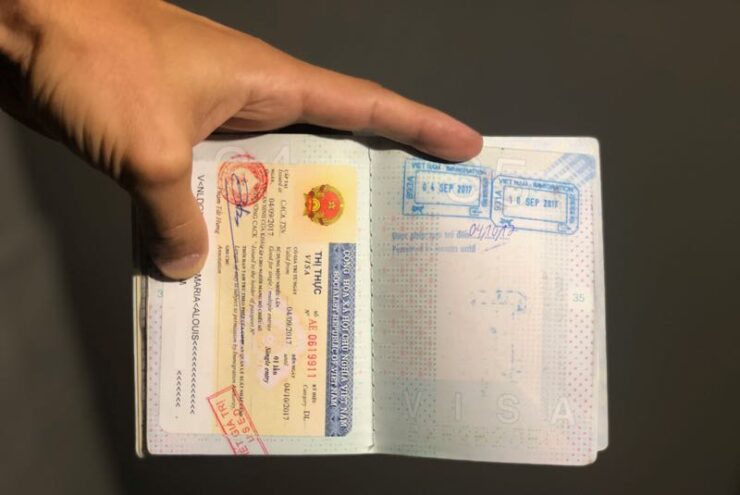
Vietnam Visa for Indians Process: Step-by-Step Guide
Obtaining a Vietnam visa for Indians involves a straightforward process, particularly with the advent of the e-visa system. Here’s a step-by-step guide to help you navigate the application process:
1. Determine Your Visa Type: Decide whether you need a tourist visa, a business visa, or another type based on the purpose of your visit. Consider the length of your stay as well, as this will influence your choice.
2. Online Portal (E-Visa Application):
- Visit one of the official Vietnam e-visa portals: https://thithucdientu.gov.vn or https://evisa.gov.vn. Be cautious of unofficial websites that may charge exorbitant fees or provide inaccurate information.
- Create an account or log in if you already have one.
- Fill out the online application form accurately and completely. This includes personal information, passport details, travel dates, and the purpose of your visit.
- Upload the required documents, which typically include a scanned copy of your passport data page (the page with your photo and information) and a digital passport-sized photograph with a white background (4×6 cm).
3. Embassy Submission (If Applicable):
- If you are applying for a visa type that is not available online (e.g., a long-term work visa), you may need to submit your application to the Vietnamese Embassy or Consulate in India.
- Download the visa application form from the embassy’s website.
- Complete the form and gather all the necessary supporting documents, such as a passport, photographs, invitation letter (if applicable), and proof of funds.
- Schedule an appointment to submit your application in person.
4. Visa on Arrival (If Applicable):
- Obtain a visa approval letter from a reputable online agency. Ensure the agency is legitimate and has positive reviews.
- Complete the online application form and pay the service fee.
- Print the visa approval letter and bring it with you to Vietnam.
- Upon arrival at the airport, proceed to the Visa on Arrival counter, present your approval letter, passport, photos, and pay the stamping fee to receive your visa.
5. Pay the Visa Fee:
- For e-visa applications, you will be prompted to pay the visa fee online via electronic payment gateway. The fee is non-refundable, even if your application is refused.
- For embassy submissions, you will typically pay the fee in cash or by bank transfer at the embassy or consulate.
- For Visa on Arrival, you’ll pay the stamping fee in cash (USD is often preferred) at the airport.
6. Await Processing:
- E-visa processing typically takes between 5 to 30 working days. Check your registered email regularly for updates or requests for additional information.
- Embassy submissions may take longer, depending on the type of visa and the embassy’s workload.
7. Receive Your Visa:
- If your e-visa application is approved, you will receive an electronic visa document via email. Print this document and bring it with you to Vietnam.
- If you submitted your application to the embassy, you will be notified when your visa is ready for collection. You can then pick up your passport with the visa sticker affixed.
8. Prepare for Travel:
- Ensure your passport is valid for at least six months beyond your intended stay in Vietnam.
- Carry a printed copy of your e-visa (if applicable) along with your passport.
- Be aware of the entry and exit checkpoints that accept e-visas.
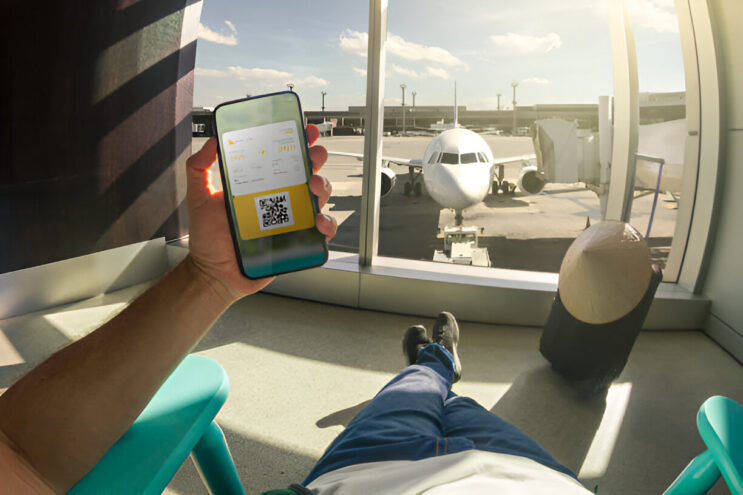
Costs & Timing: Vietnam Visa for Indians Fees + Processing
Understanding the costs and processing times associated with obtaining a Vietnam visa for Indians is essential for budgeting and planning your trip effectively. Here’s a breakdown of the fees and durations involved:
Visa Fees:
- E-Visa Fee: The official e-visa fee, as of 2024, ranges from $25 to $50 USD, depending on the type of entry (single or multiple). It’s important to pay this fee directly through the official e-visa portal to avoid scams.
- Visa on Arrival (VOA) Service Fee: While the VOA itself does not have an application fee, you’ll need to pay a service fee to an online agency to obtain the visa approval letter. This fee varies depending on the agency, visa type, and processing time, typically ranging from $20 to $50 USD.
- VOA Stamping Fee: Upon arrival at the Vietnamese airport, you will need to pay a stamping fee in cash (USD is often preferred). This fee is usually around $25 USD for a single-entry visa and $50 USD for a multiple-entry visa.
- Embassy/Consulate Fees: Fees for visas applied for through the Vietnamese Embassy or Consulate in India vary depending on the visa type and processing time. Contact the embassy or consulate directly for the most up-to-date fee information. Be prepared to pay in cash.
Processing Times:
- E-Visa Processing Time: The official processing time for an e-visa is stated as 5 to 30 working days. However, it’s advisable to apply well in advance of your travel dates, as processing times can vary. It’s best to apply at least 7-40 working days before departure to avoid any cancellations of bookings.
- Visa on Arrival (VOA) Approval Letter: The processing time for a visa approval letter can range from a few hours to a few business days, depending on the agency and the processing speed you choose. Express processing options are usually available for an additional fee.
- Embassy/Consulate Processing Time: Processing times for visas applied for through the embassy or consulate can vary, but typically take between 10 to 12 working days from Delhi and potentially longer from other locations. Check the embassy’s website or contact them directly for the most accurate information.
Hidden Cost Warnings:
- Unofficial Websites: Be wary of unofficial websites offering Vietnam visas, as they may charge inflated fees or provide fraudulent services. Always use the official e-visa portals (https://thithucdientu.gov.vn or https://evisa.gov.vn).
- Service Fees: When using Visa on Arrival, be aware of the service fees charged by online agencies for the visa approval letter.
- Transaction Fees: When paying visa fees online, be mindful of any transaction fees or currency conversion charges that may be applied by your bank or payment provider.
- Delays: While rare, delays in visa processing can occur. It’s always best to apply well in advance to avoid any last-minute stress or potential flight cancellations.
Vietnam Visa for Indians Requirements
To successfully obtain a Vietnam visa for Indians, you must meet certain requirements and provide the necessary documentation. These requirements vary slightly depending on the type of visa you are applying for, but here are the general requirements:
- Passport Validity: Your passport must be valid for at least six months beyond your intended stay in Vietnam. Ensure that your passport has sufficient blank pages for visa stamps.
- Visa Application Form: Complete the visa application form accurately and completely. For e-visas, this is done online. For embassy submissions, download the form from the embassy’s website.
- Passport-Sized Photographs: You will need to provide passport-sized photographs that meet specific requirements. Typically, this means a 4×6 cm photograph with a white background. Ensure that the photograph is recent and of good quality.
- Confirmed Return Flight Ticket: You may be required to provide proof of a confirmed return flight ticket or onward travel arrangement.
- Proof of Accommodation: Provide proof of your hotel booking or other accommodation arrangements in Vietnam.
- Bank Statement: A bank statement for the last 3 months demonstrating sufficient funds to cover your expenses during your stay in Vietnam may be required.
- Invitation Letter (If Applicable): If you are applying for a business visa, you will need to provide an invitation letter from a Vietnamese company or organization. The letter should state the purpose of your visit, your planned activities, and the duration of your stay.
- Other Supporting Documents: Depending on the visa type, you may need to provide other supporting documents, such as a travel itinerary, a letter of introduction from your employer, or proof of health insurance.
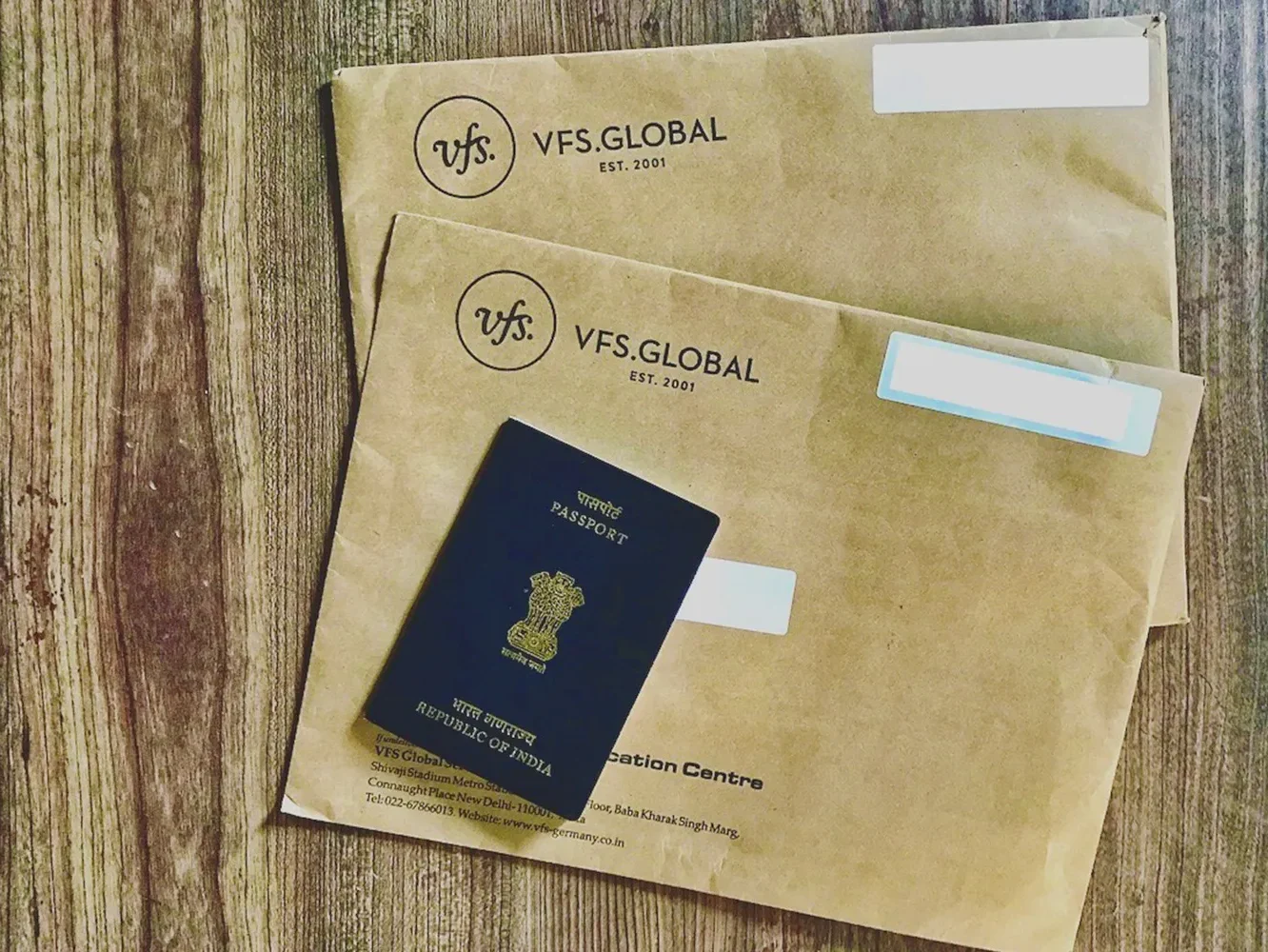
Compliance Rules:
- Accuracy: Ensure that all the information you provide in your visa application is accurate and consistent with your passport details. Any discrepancies can lead to delays or rejection.
- Honesty: Be honest about the purpose of your visit. Providing false information can result in your visa being denied.
- Timeliness: Submit your visa application well in advance of your travel dates to allow sufficient time for processing.
Documentation Standards:
- Clarity: Ensure that all copies of documents are clear and legible.
- Completeness: Provide all the required documents as specified by the visa application guidelines.
- Authenticity: Ensure that all documents are authentic and have not been tampered with.
Avoid Mistakes: Vietnam Visa for Indians Rejection Solutions
Applying for a Vietnam visa can be a smooth process, but errors can lead to rejection. Here are the top 5 mistakes to avoid and solutions to ensure your application is successful:
- Incorrect Form Submissions:
- Error: Providing inaccurate or incomplete information on the application form.
- Solution: Use a verification checklist. Before submitting, carefully review every field on the application form to ensure accuracy. Double-check your passport details, travel dates, and purpose of visit. If applying online, use the preview feature to verify your information before submitting.
- Expired Documents:
- Error: Submitting a passport that is about to expire or that has already expired.
- Solution: Renewal protocols. Ensure your passport is valid for at least six months beyond your intended stay in Vietnam. If your passport is nearing its expiry date, renew it immediately before applying for the visa.
- Insufficient Funds:
- Error: Failing to provide proof of sufficient funds to cover your expenses during your stay in Vietnam.
- Solution: Prepare a bank statement. Include a recent bank statement that demonstrates you have adequate funds to support yourself during your trip. The required amount may vary, so check the specific guidelines for your visa type.
- Purpose Mismatch:
- Error: Applying for a tourist visa when the actual purpose of the visit is business-related, or vice versa.
- Solution: Goal alignment tips. Ensure that the visa type you apply for accurately reflects the purpose of your visit. If you are traveling for business, obtain a business visa and provide all the necessary supporting documents, such as an invitation letter from a Vietnamese company.
- Poor Quality Photos:
- Error: Uploading blurry, outdated, or non-compliant passport photos.
- Solution: Photo guidelines. Provide recent passport-sized photographs that meet the specified requirements (e.g., white background, 4×6 cm). Ensure that the photos are clear, well-lit, and accurately represent your appearance.
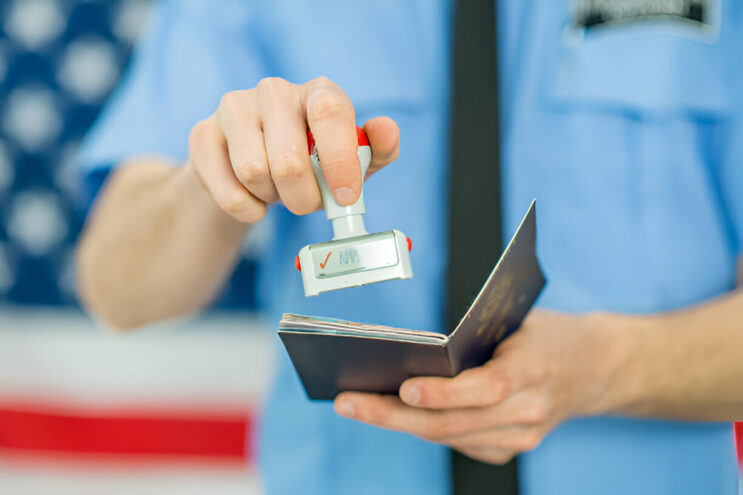
Vietnam Visa for Indians FAQs: “People Also Search For”
Here are some frequently asked questions about Vietnam visas for Indians, reflecting common queries and concerns:
Q: Can I convert a Vietnam tourist visa to a business visa while in Vietnam?
A: Generally, it is difficult to convert a tourist visa to a business visa while in Vietnam. It is best to apply for the correct visa type before your trip. However, you can request an agency/organization/relatives in Vietnam to guarantee your stay and apply on your behalf for a new visa at the Vietnam Immigration Department in accordance with Section 1, Article 16 of the Law on Entry, Exit, Transit and Residence of Foreigners in Vietnam.
Q: Vietnam e-visa for Indians vs Visa on Arrival: Which is faster/cheaper?
A: The e-visa is generally faster and more convenient as it eliminates the need to queue at the airport upon arrival. While the VOA service fee might seem cheaper initially, the stamping fee at the airport can make the overall cost comparable. E-visa is also considered safer as it reduces the risk of dealing with potentially unreliable agencies for the approval letter.
Q: Emergency Vietnam visa options during a medical crisis scenario?
A: In emergency situations, contact the Vietnamese Embassy or Consulate in India immediately. Explain your situation and request an expedited visa. While there’s no guarantee, they may be able to assist you. You can also try contacting a reputable visa agency that specializes in emergency visas, but be prepared to pay a premium for their services.
Q: What if I make a mistake on my e-visa application?
A: If you realize you’ve made a mistake after submitting your e-visa application, contact the Vietnam Immigration Department as soon as possible. Depending on the nature of the mistake, they may allow you to correct it or advise you to submit a new application.
Q: How can I extend my stay in Vietnam beyond the validity of my e-visa?
A: After entering Vietnam by e-Visa, you can request an agency/organization/individual in Vietnam to guarantee your stay and apply on your behalf for a new visa at the Vietnam Immigration Department in accordance with Section 1, Article 16 of the Law on Entry, Exit, Transit and Residence of Foreigners in Vietnam.
Q: Is a visa required for Indian citizens to visit Phu Quoc Island?
A: No visa is required if your entry and exit is Phu Quoc. You can visit Phu Quoc Island without a visa for up to 30 days.
Q: What is the minimum passport expiry date required to apply for an e-Visa?
A: Your passport must have an ‘expiry date’ at least 6 months after the date you arrive.
Q: What are the accepted payment methods for the Vietnam e-visa fee?
A: Payment is made via bank account. To make a payment, follow these steps: Step 1: Choose 1 of the 4 payment methods listed on the web page. Step 2: Provide the required information and click “Pay” to complete the procedure.
Q: Do I need to print my Vietnam e-visa?
A: Yes, you will need to print out your eVisa before travelling to Vietnam, as you must have a physical copy when you land at the airport.
Q: What if I have no surname on my passport?
A: Currently, surname is not a mandatory information for applying for an e-visa. If you don’t have a surname on your passport, you can still apply for an e-visa at the website: evisa.gov
Q: How long is a Vietnam e-visa valid for?
A: An e-Visa is single/multiple entry and valid for a maximum of 90 days.
Q: Who is eligible for an e-Visa?
A: Vietnam is currently launching a pilot e-Visa system for citizens from all countries.
Q: What is the minimum passport expiry date required to apply for an e-Visa?
A: Your passport must have an ‘expiry date’ at least 6 months after the date you arrive.

Pro Tips: Mastering Vietnam Visa for Indians
Here are some pro tips to help you master the Vietnam visa for Indians application process and ensure a smooth and successful experience:
- Insider Shortcuts:
- Apply Early: Apply for your e-visa well in advance of your travel dates (at least 7 to 40 working days) to avoid any processing delays or last-minute stress.
- Double-Check Everything: Before submitting your application, carefully review all the information you’ve provided to ensure accuracy and completeness. This includes your passport details, travel dates, and purpose of visit.
- Utilize Official Resources: Stick to the official Vietnam e-visa portals (https://thithucdientu.gov.vn or https://evisa.gov.vn) for accurate information and application submissions. Avoid unofficial websites that may charge inflated fees or provide fraudulent services.
- Compliance Hacks:
- Meet Photo Requirements: Ensure that your passport-sized photographs meet the specified requirements (e.g., white background, 4×6 cm). Non-compliant photos can lead to delays or rejection.
- Provide Sufficient Funds: Include a recent bank statement that demonstrates you have adequate funds to support yourself during your trip. The required amount may vary, so check the specific guidelines for your visa type.
- Real-Time Updates:
- Vietnam Immigration Department Website: Regularly check the official website of the Vietnam Immigration Department for the latest updates on visa policies, fees, and processing times.
-

Explore Japan: A 10-Day Travel Itinerary
-

A Comprehensive Guide to the Easiest Countries to Get a Schengen Visa
-

Your Perfect Maldives Honeymoon Getaway Awaits
-

The Easiest Countries to Get a Schengen Visa: A Comprehensive Guide
-

Best Places to See Cherry Blossoms in Japan in 2025
-

Egypt Visa for Indians: Your Comprehensive Guide to Exploring the Land of the Pharaohs
-

China Visa for Indians: Your Ultimate Guide to Hassle-Free Travel
-
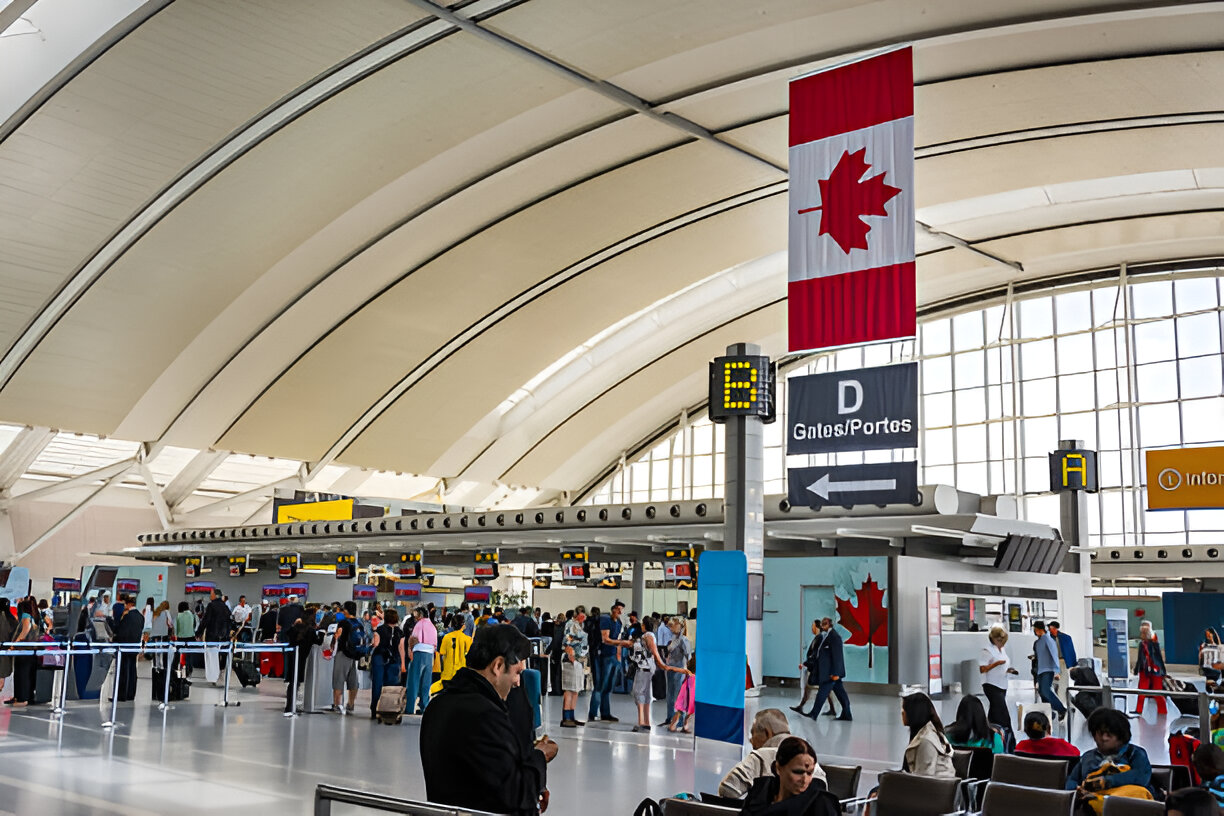
Canada Visitor Visa Processing Time India: Your Comprehensive Guide for 2025
-

Cambodia Visa for Indians: Your Comprehensive Guide to Hassle-Free Travel
-

Your Perfect Maldives Honeymoon Getaway Awaits
-

The Easiest Countries to Get a Schengen Visa: A Comprehensive Guide
-

Best Places to See Cherry Blossoms in Japan in 2025
-

Egypt Visa for Indians: Your Comprehensive Guide to Exploring the Land of the Pharaohs
-

China Visa for Indians: Your Ultimate Guide to Hassle-Free Travel
-

Canada Visitor Visa Processing Time India: Your Comprehensive Guide for 2025
-

Cambodia Visa for Indians: Your Comprehensive Guide to Hassle-Free Travel
-

BD visa: Your Comprehensive Guide to Entering Bangladesh
-

Azerbaijan Visa for Indians: Your Comprehensive 2024 Guide

Leave a Comment